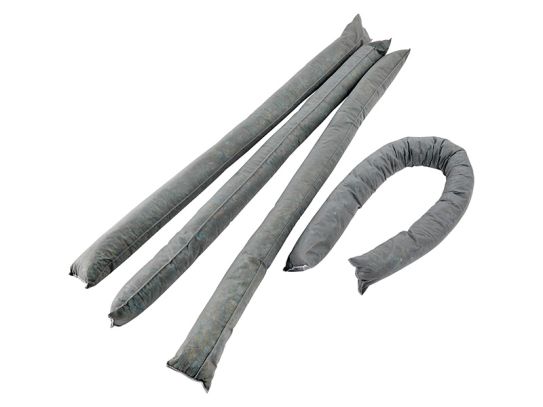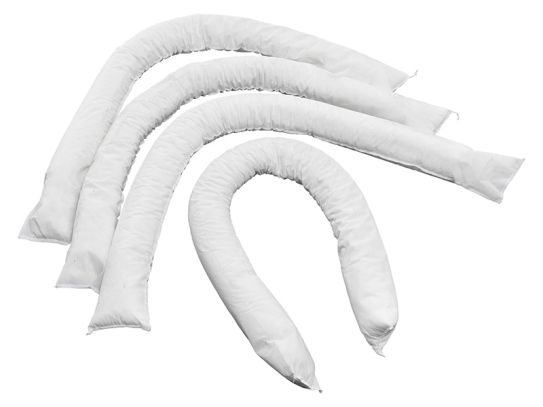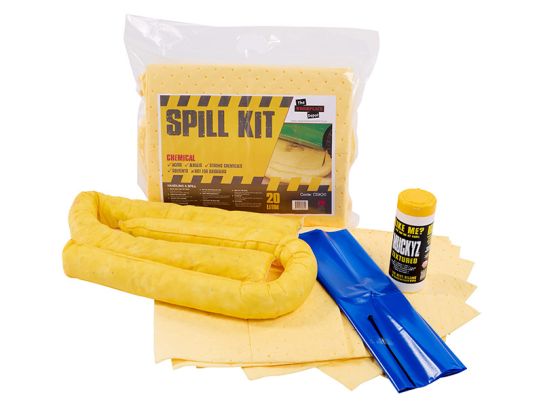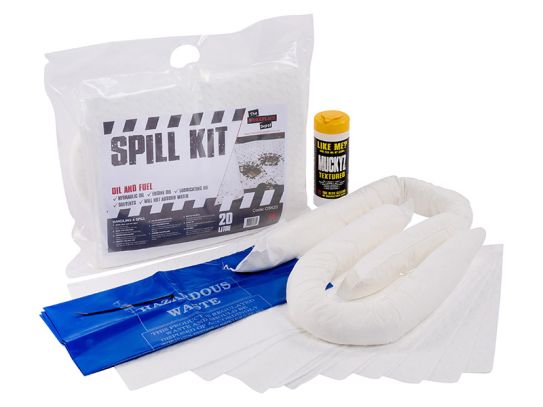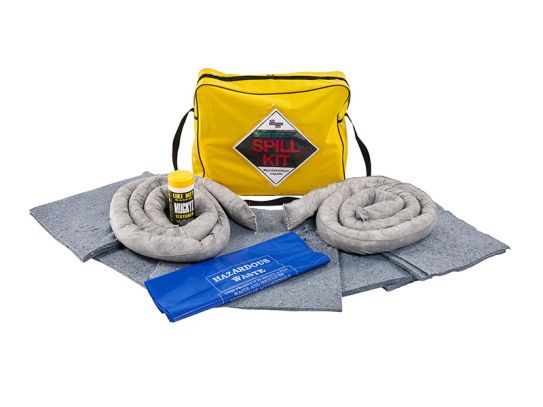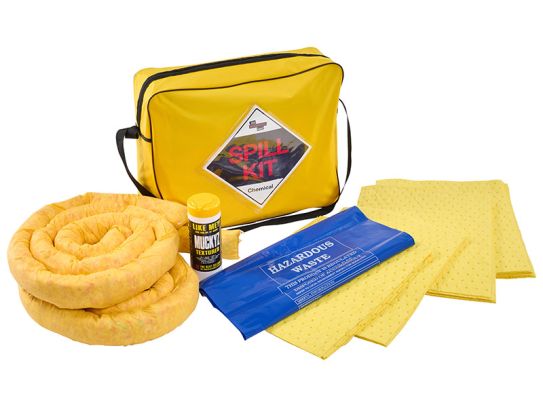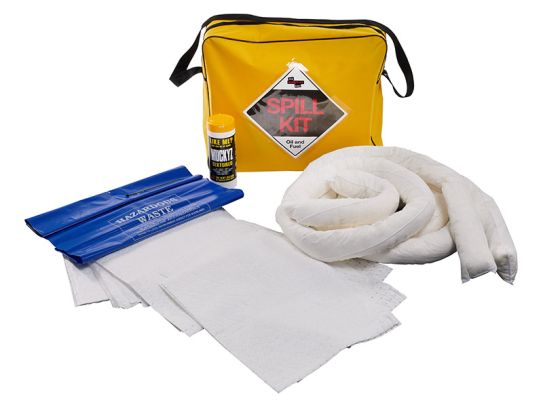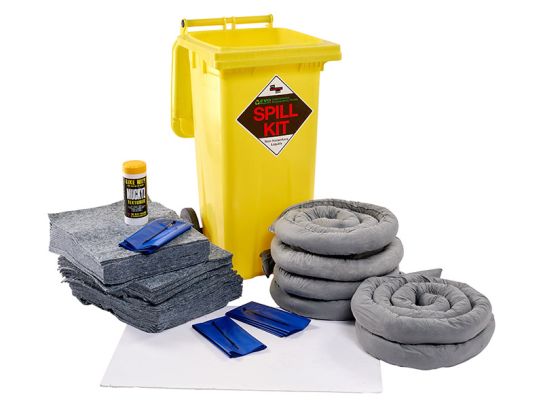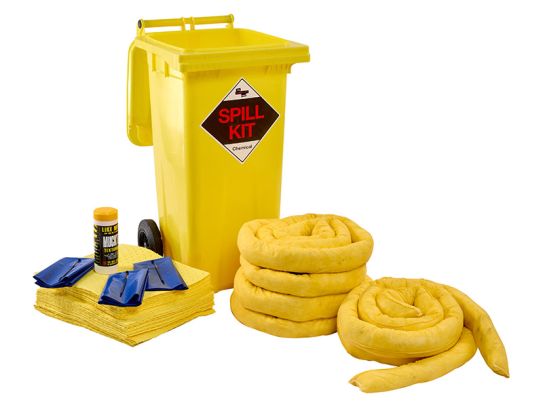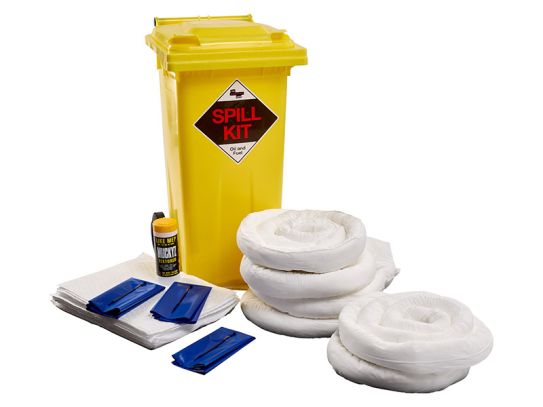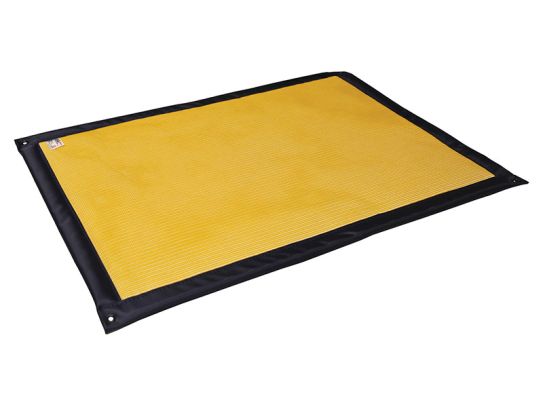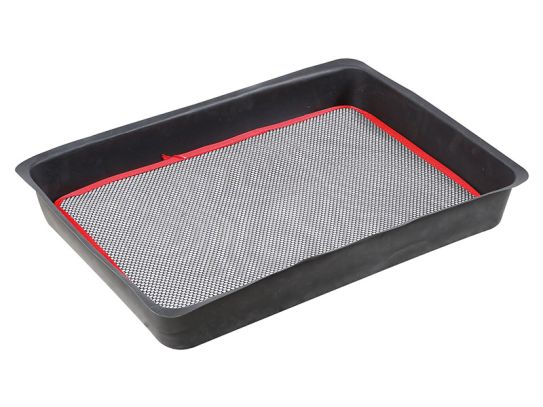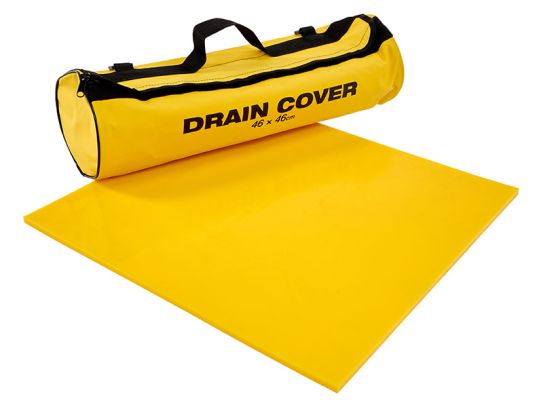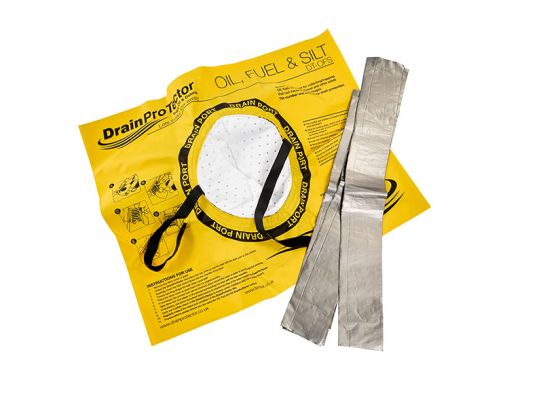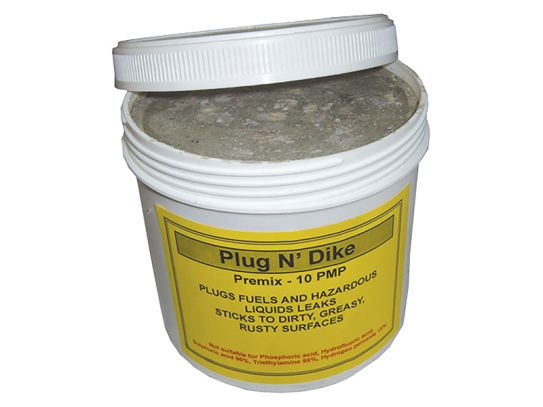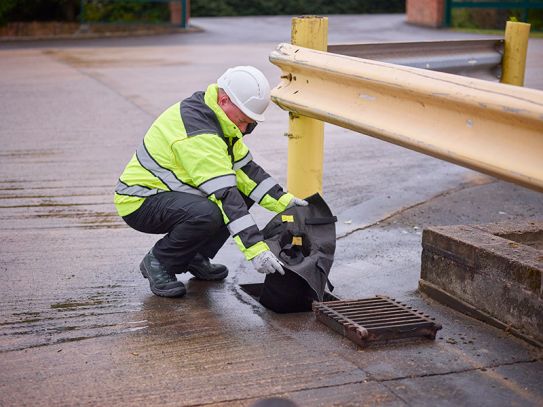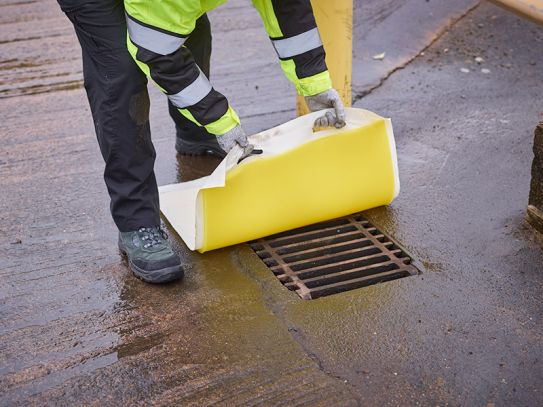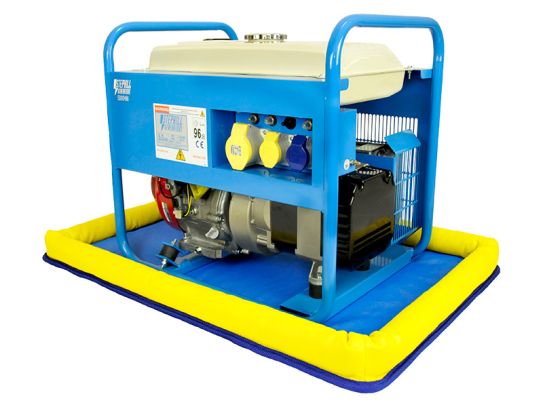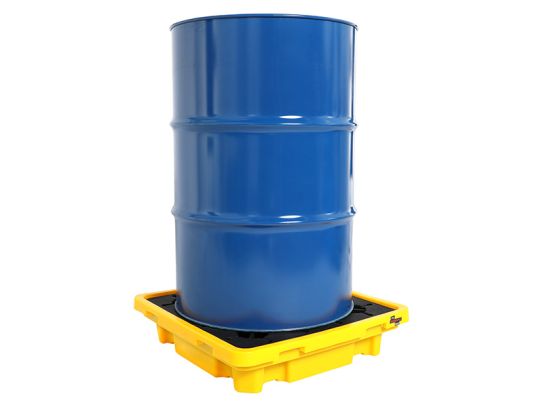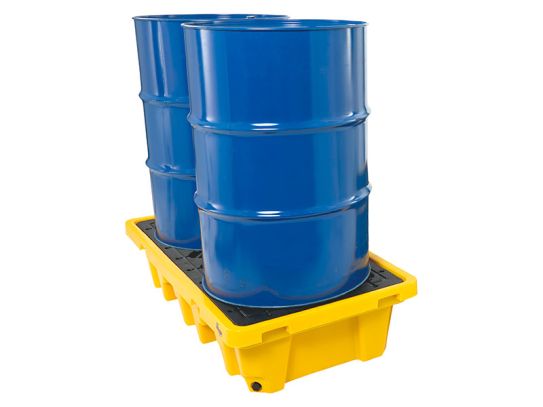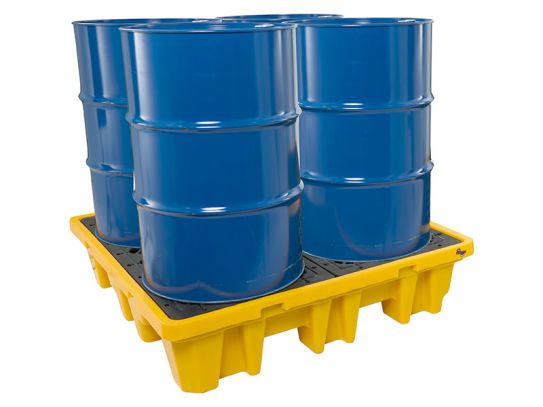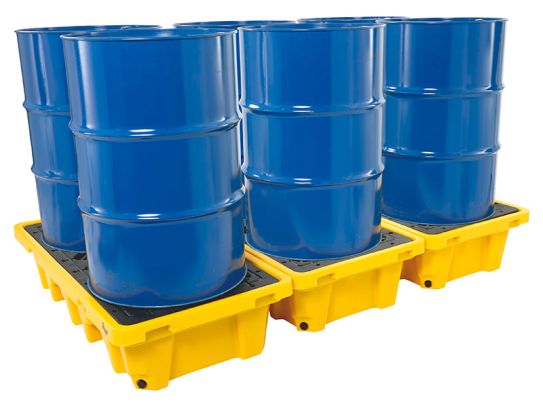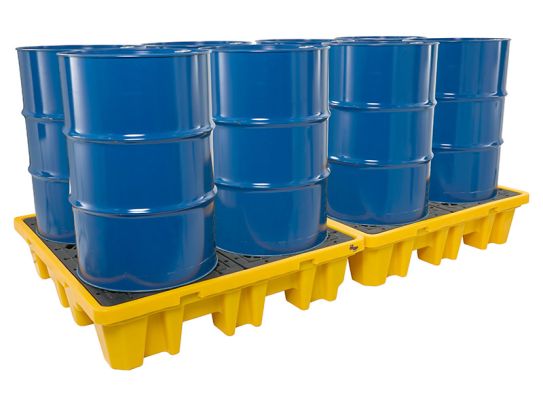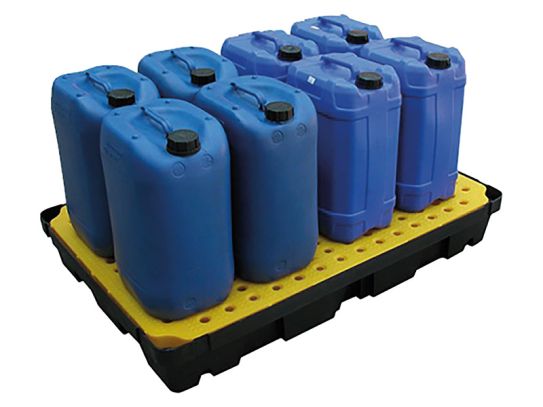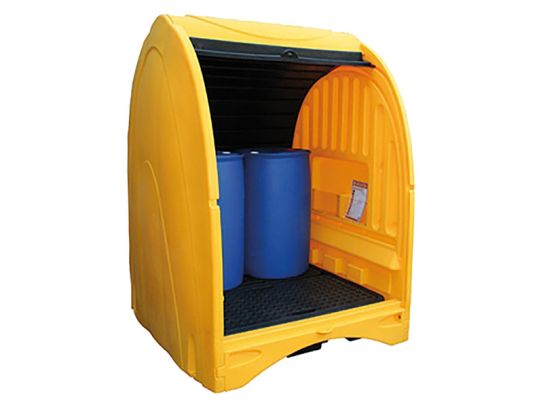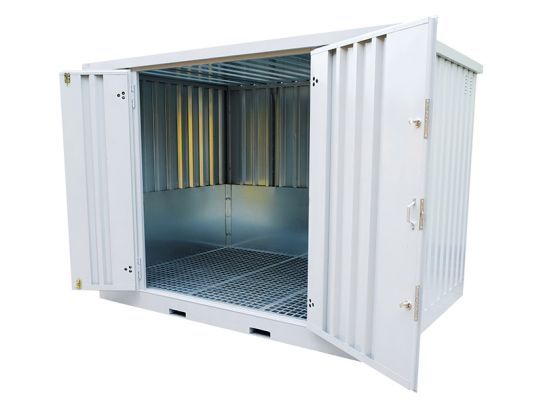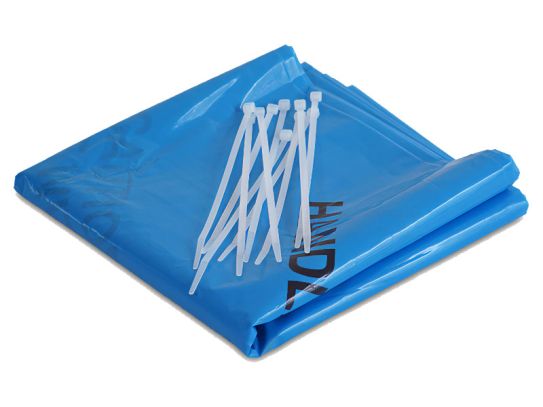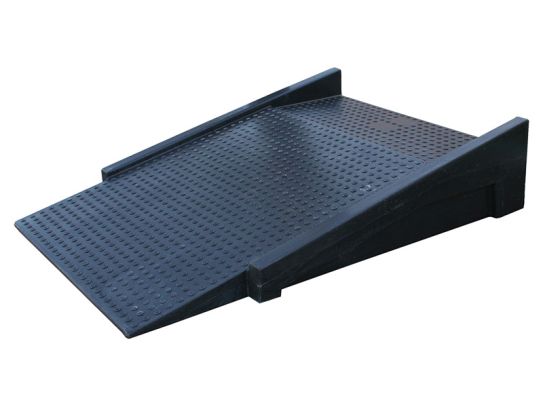Spill Control
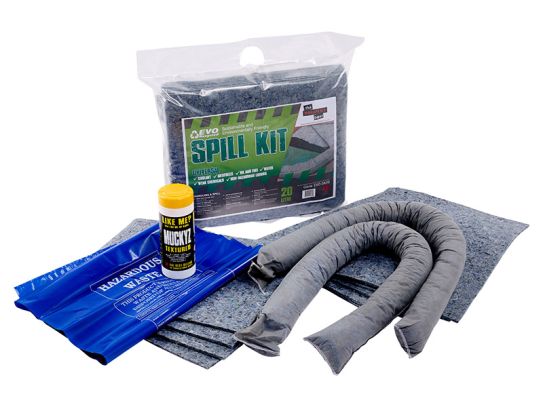
Stay Safe And Compliant With Our Spill Control Products
Looking for the best way to handle spills in your workplace? Look no further! Our range of spill control products is here to help you keep your workspace clean, safe, and efficient.
Our spill kits include everything you need to quickly clean up spills, including absorbent materials that can handle a variety of liquids. And our absorbent granules, pads, and socks are perfect for mopping up spills of all sizes.
For those dealing with oil or chemicals, our absorbent socks and drain guards are essential for preventing spills from entering the public water system. Our spill pallets provide a safe, secure way to handle drums and other liquids, protecting against potential leaks.
What Are Spill Control Products?
Spill control products are materials and equipment used to clean up and prevent spills in the workplace. They include absorbent materials that can be used to quickly mop up spills, as well as devices such as drain guards and spill pallets that can prevent spills from entering the public water system or causing damage. These products are commonly used in industries that handle liquids such as oil or chemicals, where containing spills safely is important.
What Are Some Common Uses For Spill Control Products?
Some common uses for spill control products include cleaning up spills in the workplace, preventing spills from entering the public water system, and protecting against potential leaks when handling liquids such as oil or chemicals. These products are often used in industries such as manufacturing, oil and gas, and transportation, where spills can be a potential hazard. They are also used in a wide range of other settings, including warehouses, hospitals, and schools.
What Are The Different Types Of Spill Control Products?
There are many different types of spill control products available, and the specific products that are used will depend on the type of spill and the situation in which it occurs. Some common types of spill control products include:
- Spill kits: These kits contain a range of materials and equipment that can be used to quickly clean up spills. They often include absorbent pads, granules, and socks, as well as gloves, goggles, and other protective gear.
- Absorbent materials: These materials, such as pads, granules, and socks, are used to absorb spills and prevent them from spreading. They are often made from materials such as polypropylene or cellulose, which can absorb a wide range of liquids.
- Drain guards: These devices are placed over drains to prevent spills from entering the public water system. They are commonly used in industries that handle oil or chemicals.
- Spill pallets: These pallets are used to catch potential leaks when handling drums or other containers of liquids. They can be placed under drums or other containers to protect against spills.
- Secondary containment: This refers to systems or structures that are designed to contain spills and prevent them from spreading. This can include dikes, berms, or other barriers that are used to contain spills.
In addition to these products, there are many other types of spill control equipment that can be used in different situations, including spill response vehicles, booms, and skimmers for cleaning up oil spills, and decontamination equipment for cleaning up hazardous spills.
What Are The Key Features To Consider When Choosing Spill Control Products?
When choosing spill control products, there are several key features that you should consider, including the type of spill, the size of the spill, the location of the spill, and the materials that are available to clean up the spill. Here are some key features to consider:
- The type of spill: Different spill control products are designed to handle different types of spills. For example, some products are specifically designed to absorb oil spills, while others are more suitable for cleaning up water-based spills.
- The size of the spill: The size of the spill will affect the type of spill control products that you need. For small spills, you may only need a small amount of absorbent material, while larger spills may require more extensive equipment and materials.
- The location of the spill: The location of the spill will also affect the type of spill control products that you need. For example, if the spill is near a drain, you will need a drain guard to prevent the spill from entering the public water system.
- The materials that are available to clean up the spill: The materials that are available to clean up the spill will also affect your choice of spill control products. For example, if you have limited access to water, you may need to use absorbent materials that do not require water to be effective.
By considering these key features, you can choose the right spill control products for your situation and ensure that you have the tools and materials you need to clean up spills quickly and effectively.
What Materials Are Spill Control Products Made From?
Spill control products are made from a variety of materials, depending on the specific product and the type of spill that it is designed to handle. Some common materials used in spill control products include:
- Polypropylene: This is a synthetic material that is commonly used in absorbent pads, granules, and socks. It is highly absorbent and can be used to absorb a wide range of liquids, including oil, water, and chemicals.
- Cellulose: This is a natural material that is made from plant fibres. It is commonly used in absorbent pads and granules, and is also highly absorbent.
- Polyethylene: This is a synthetic material that is commonly used in drain guards and other containment products. It is strong, flexible, and resistant to chemicals, making it ideal for use in spill control.
- PVC: This is a synthetic material that is commonly used in spill pallets and other containment products. It is strong, durable, and resistant to chemicals, making it suitable for use in a wide range of industrial environments.
In addition to these materials, many spill control products also contain other components, such as protective gear, disposal bags, and instruction manuals, to help users clean up spills safely and effectively.
What Safety Considerations Should Be Taken Into Account When Using Spill Control Products?
When using spill control products, there are several safety considerations that you should take into account, including:
- Personal protective equipment (PPE): When cleaning up spills, it is important to wear appropriate protective gear to protect yourself from hazardous materials. This may include gloves, goggles, and protective clothing, depending on the specific situation.
- Handling hazardous materials: Some spills, such as those involving chemicals or oil, can be hazardous to handle. It is important to follow the manufacturer's instructions and any relevant regulations when dealing with these spills, and to use appropriate protective gear to protect yourself from exposure.
- Disposal of used materials: After using spill control products, it is important to dispose of the used materials properly. This may involve placing them in disposal bags and disposing of them in accordance with local regulations.
- Storage of spill control products: It is also important to store spill control products properly, in a dry, cool, and well-ventilated location. This will help to ensure that the products remain effective and ready for use in the event of a spill.
By following these safety considerations, you can use spill control products safely and effectively to clean up spills and prevent potential hazards in your workplace.
Are There Any UK Or European Industry Standards That Apply To Spill Control Products?
Yes, there are several industry standards and regulations that apply to spill control products in the UK and Europe. These include:
- The Control of Substances Hazardous to Health Regulations (COSHH) in the UK, which sets out requirements for the safe handling and storage of hazardous substances, including spill control products.
- The Classification, Labelling, and Packaging (CLP) Regulation in Europe, which sets out the classification and labelling requirements for hazardous substances, including spill control products.
- The European Standard EN 1565, which sets out the requirements for spill control products, including their performance, design, and labelling.
In addition to these regulations, there may also be local or national regulations that apply to the use of spill control products in specific industries or locations. It is important to familiarise yourself with these regulations and to follow them when using spill control products.
